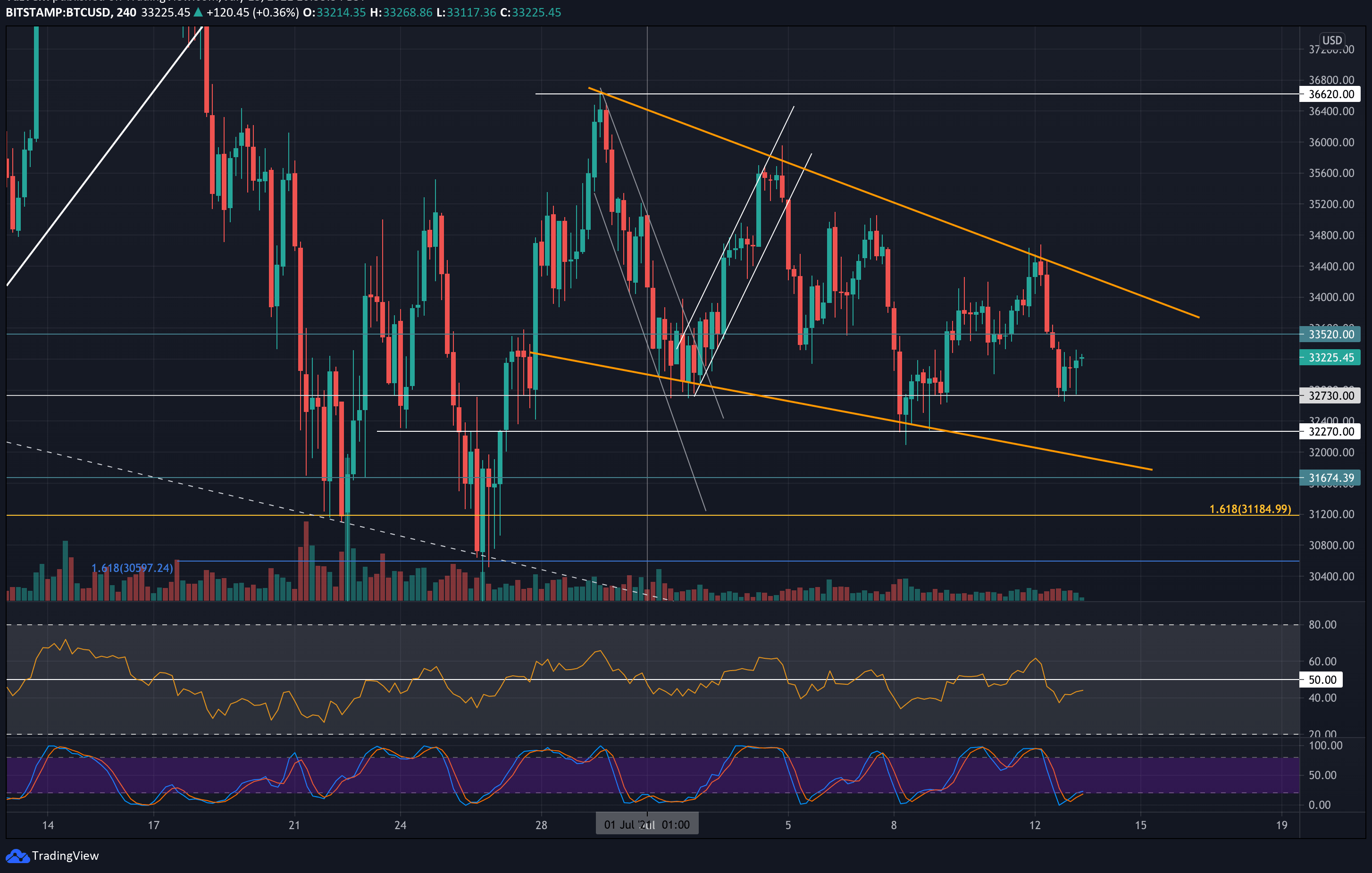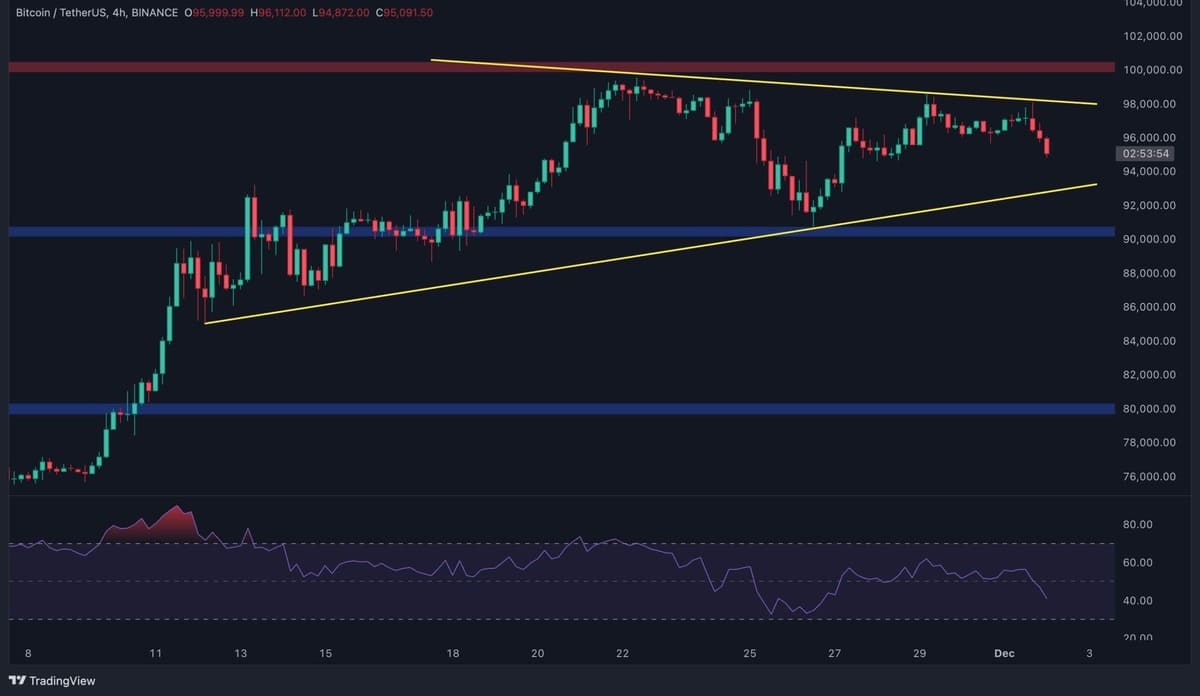
Tokenomics refers to the study of the economic models behind the issuance, distribution, and utility of tokens in blockchain ecosystems. A well-designed tokenomics model can significantly contribute to the success and sustainability of a blockchain project. This post will explore the different components of tokenomics, how they influence a project’s growth, and the challenges of designing a successful tokenomics model. We will also discuss the various token models such as utility tokens, governance tokens, and security tokens, as well as the importance of incentives in token economies.
Key Components of Tokenomics
A strong tokenomics model encompasses various components, each playing a crucial role in the long-term viability of a blockchain project. These components include token supply, distribution, utility, demand, and the incentive mechanisms that drive user participation and network growth.
- Token Supply: The total supply of a token is one of the most critical aspects of its tokenomics. Whether a token is inflationary or deflationary will influence its value over time. Some projects have a fixed supply, while others may have a token emission schedule that increases supply over time to incentivize early adoption or network participation.
- Token Distribution: Token distribution refers to how tokens are allocated among different stakeholders, including developers, early investors, community members, and users. A fair and balanced distribution is essential to avoid centralization and ensure that no single entity controls a disproportionate share of tokens, which could harm the decentralization of the network.
- Token Utility: The utility of a token is a key factor that drives demand. A utility token is used to pay for services within the ecosystem, such as transaction fees, governance participation, or access to exclusive features. The more essential the token is to the functioning of the network, the greater its utility, and, in turn, its demand.
- Demand for Tokens: Demand is the lifeblood of tokenomics. If a token is critical to the use of a decentralized application (dApp), DeFi protocol, or blockchain network, demand will naturally increase. However, demand must be carefully managed to avoid hyperinflation or deflation, both of which can disrupt the stability of the ecosystem.
- Incentive Mechanisms: Incentive mechanisms are used to align the interests of network participants with the goals of the blockchain project. Common incentive models include staking rewards, liquidity mining, and yield farming, which encourage users to hold and use tokens in ways that contribute to the network’s growth and security.
Different Types of Tokens
Blockchain projects use different types of tokens, each serving a distinct purpose within the ecosystem. These include utility tokens, governance tokens, and security tokens.
- Utility Tokens: These tokens provide access to a specific product or service within the ecosystem. For example, in the Ethereum network, Ether (ETH) is used to pay for transaction fees and computational services. The more users interact with the network, the greater the demand for utility tokens.
- Governance Tokens: Governance tokens enable holders to participate in the decision-making processes of the project. These tokens grant voting power over protocol upgrades, changes to the ecosystem, or the allocation of funds. Popular governance tokens include those of decentralized finance (DeFi) projects like Compound (COMP) and MakerDAO (MKR).
- Security Tokens: Security tokens are used to represent ownership in real-world assets like stocks, bonds, or real estate. These tokens are subject to regulations that ensure they comply with securities laws. The rise of security tokens marks a significant step toward bridging the gap between traditional finance and the blockchain world.
Incentives and Economic Alignment
One of the most critical aspects of tokenomics is the alignment of incentives. For a blockchain network to thrive, participants must have aligned interests. For example, miners or validators should be incentivized to secure the network, while users should be motivated to interact with the platform.
Staking: Staking is a common incentive model that rewards participants who lock up their tokens to support network security, governance, or liquidity. This process ensures that users are invested in the success of the ecosystem while contributing to its growth.
Liquidity Mining and Yield Farming: These are mechanisms used in decentralized finance (DeFi) to incentivize liquidity provision. By offering rewards in the form of tokens to liquidity providers, DeFi protocols ensure that they have enough liquidity for users to transact on the platform.
Burn Mechanisms: Some projects use token burn mechanisms to reduce the overall supply of tokens in circulation, increasing scarcity and, in theory, driving up the value of remaining tokens. This is typically done by sending a portion of tokens to an address where they are irretrievably destroyed.
The Role of Tokenomics in Project Success
Tokenomics plays a central role in the success or failure of a blockchain project. If the tokenomics model is not well-designed, it can lead to issues such as inflation, centralization, or a lack of adoption. A sustainable and balanced tokenomics model can encourage long-term participation and growth, leading to a thriving ecosystem.
For example, projects like Bitcoin and Ethereum have demonstrated how sound tokenomics can result in wide-scale adoption and long-term success. On the other hand, poorly designed tokenomics has led to the failure of several projects, often due to unsustainable inflation rates, lack of utility, or centralization of token ownership.
Tokenomics is the cornerstone of any successful blockchain project. By understanding the key components of tokenomics developers can design systems that encourage adoption, ensure long-term sustainability, and align the interests of all network participants. As the blockchain space continues to evolve, the importance of sound tokenomics in determining the success or failure of a project will only increase.



